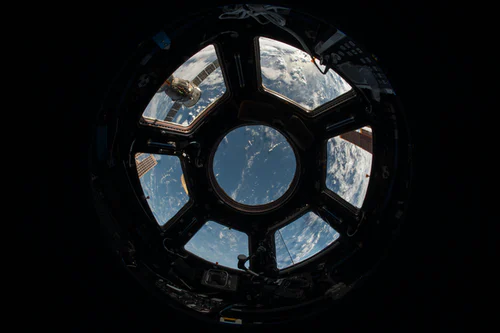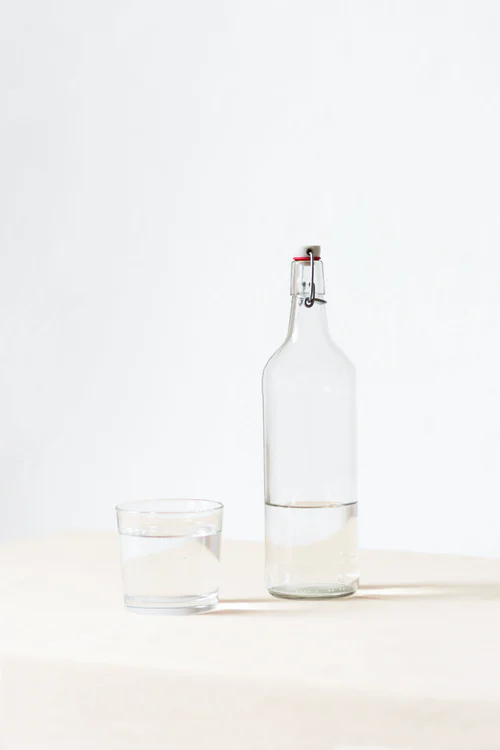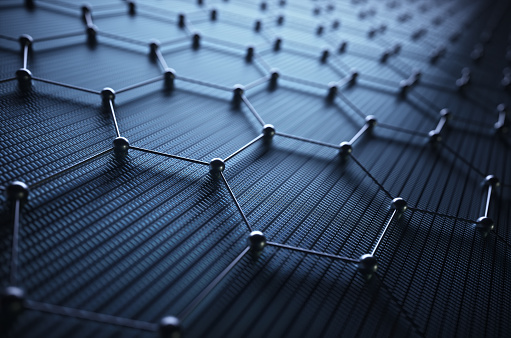Properties of glass - part 2
When it comes to glass, there isn’t a one-size-fits-all. In fact, there are many different types of glass, ready for many different types of applications. In today’s blog, I will be discussing the basic types of glass and their less common counterparts.
There are six common types. These basic compositions lead the way for the creation and use of a multitude of other different types of glass. These six basic types of glass are soda-lime glass, lead glass, borosilicate, aluminosilicate, high silica glass, and fused quartz. Each type of glass has there own properties, advantages, disadvantages, and uses.
Soda-lime glass is the most common type of glass that is seen today, as well as it is the most inexpensive. In fact, 90% of glass is manufactured from soda-lime glass. During fabrication, soda-lime is re-softened multiple times allowing it to be workable and chemically stable, although this also means it is more prone to scratches. Soda-lime is created from 70% silica giving it its other name “Soda-lime-silica glass.” It is either chemically strengthened or tempered to create thermal shock resistance and strength. Although soda-lime is most commonly used for windows, it also has a wide range of other applications.

Lead glass is created from 20% lead oxide. It is a softer glass, allowing it to be easily cut into. Although, lead glass used to be more expensive than soda-lime, so it was only used for decorative dishes. That was until people discovered that lead glass was not safe for consumption. Now lead glass is mostly used for electrical applications because it has desirable electrical insulation properties. In the past, it has also been used for its shielding applications such as to protect people from x-rays and gamma rays. It has also been used for research and optical glasses.
Next is borosilicate glass. Borosilicate gets its name from its distinction to other glasses. Borosilicate is made from 5% boric oxide instead of soda-lime. This helps bind the silicate, aluminum oxide, and sodium oxide, allowing it to be more durable and heat resistant. In fact, even if borosilicate glass cracks, it won’t shatter like many other glasses. Due to Borosilicate’s wonderful chemical resistance, it is used in laboratories. Such as in rods, beakers, rubes, graduated cylinders, pipettes, and stopper attachments. It is also used in mirrors, which is because borosilicate can retain its shape in any weather.
Fourth is aluminosilicate glass. With about 20% to 40% aluminum oxide in its composition, aluminosilicate glass has a higher heat resistance and chemical resistance than borosilicate glass. There are two main types of aluminosilicate glass, alkaline earth aluminosilicate glass, and alkali aluminosilicate glass. Alkaline earth aluminosilicate has a high softening point and is mostly used in the creation of glass bulbs, high-temperature thermometers, and as a coating for electrically conductive film. Alkali aluminosilicate glass has a high surface compressive strength, making it hard to scratch and break. Aluminosilicate is mostly used in touch screens and solar cells.

Fifth is high silica glass. High silica glass has almost no non-silica elements in its composition. This means that 95% to 99% of its composition is made from silica. This gives high silica glass some incredible properties, such as very low thermal expansion, very good chemical durability, optical properties, and mechanical properties. Although, it does have an extremely high processing temperature making it hard to produce and use on a large scale. It is most often used as a semi-conductor, for fiber optics, UV-transmissive lamp tubes, precision optics, refractory tubes, and fiber reinforcers.
Our last main glass type is fused quartz. Fused quartz is very transparent, even to infrared and ultraviolet lights. It is created by purifying naturally occurring crystalline silica, making it extremely hard to produce. Fused quartz has other properties, such as weather resistance, shock resistance, and high heat resistance such as 1400c for a short period of time. This makes fuzed quartz officially one of the highest heat-resistant glasses. This has brought fuzed silica to be mainly used for aerospace applications, such as the windows in the International Space Station.

Of course, there are many other types of glass with different applications, all are very important in their own way. I will briefly go over other types of glass that you may see in your everyday life.
Window glass is used for buildings and transport, it is specially engineered for safety and thermal insulation
Double Glazed glass is another form of window or wall glass. It includes two separate pains of soda-lime glass with a layer of air or glass between each pain. This increases thermal and acoustic insulation. In many cases, you will see products that are triple or quadruple glazed.
Architectural glass is used in building windows. It is specially designed and formulated in order to increase strength and safety.
Safety glass is a form of glass that is designed to not break, and even when broken, it produces less damage. This glass has been specially designed in order to be toughened, animated, and chemically strengthened.
Tempered glass, also known as toughened glass, is a form of safety glass that has been treated with heat and chemicals. This makes the outer surface compressed and the interior in a state of tension. This makes the glass stronger and when broken, less dangerous.
Security glass is a form of glass that may be seen protecting a clerk at a bank or other heavily guarded areas. It has many layers of chemically strengthened laminated glass that makes it resistant to breaking.
Glass Fiber is just glass produced in very thin and fine fibers, it has wonderful thermal insulations and tensile strength. In fact, tangles of glass fibers may be used to create glass wool. Glass wool is used to insulate homes by trapping pockets of air resulting in high thermal insulation.
Container glass is used for glass jars and bottles. It is comprised of soda-lime glass that uses alumina and calcium in place of sodium and magnesium ro create water-resistant glass. This gives it the property of thermal expansion.

Annealed glass is glass that is slowly cooled during the manufacturing process to avoid stress when cooling. It is also considered “regular glass”. It is not appropriate for architectural uses because when broken, it creates large, dangerous shards.
These are only a few examples of the many types of glass known and used by man. There is more to glass than simply your bedroom window, every glass has its own unique purpose, whether for your walls, your screen, or even your water bottle. I hope that you take a moment to look around you and notice all the different types of glass. I hope that you learn something, and see you in my next blog.
